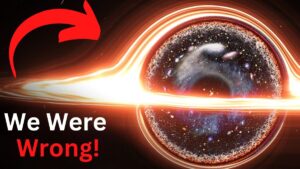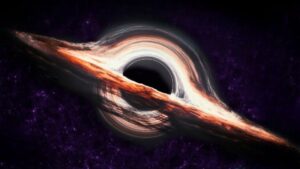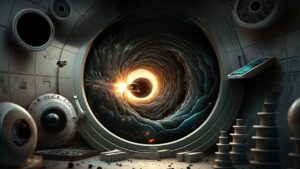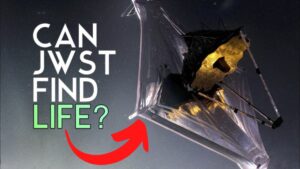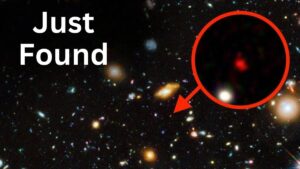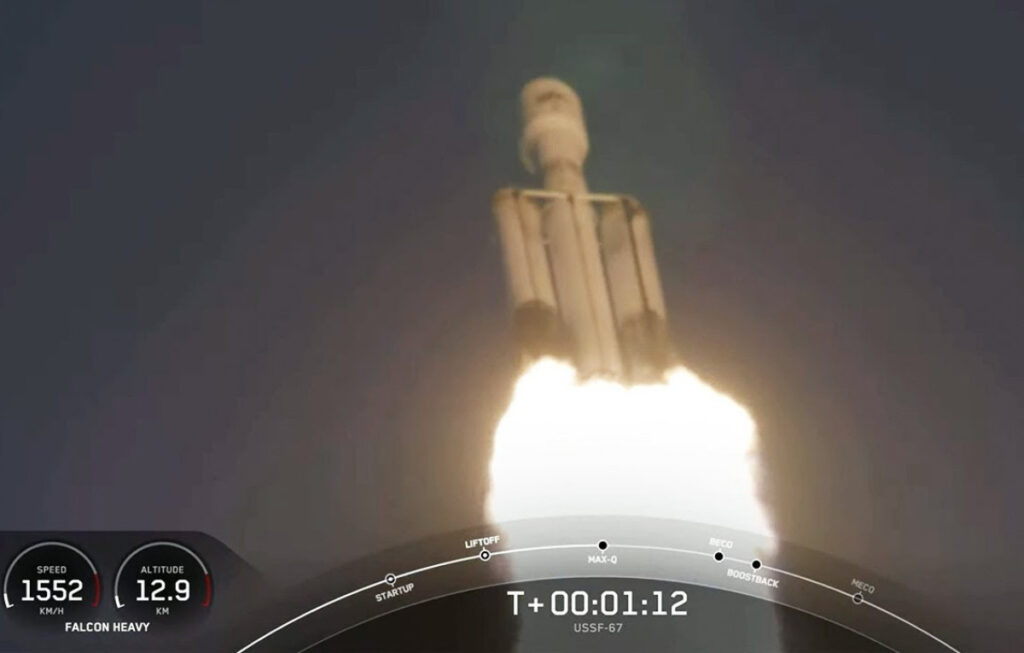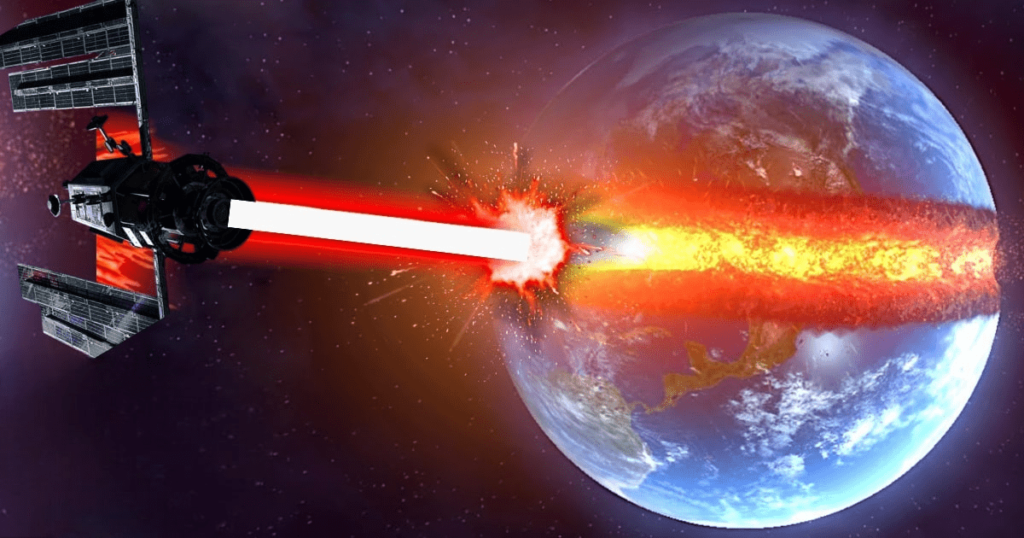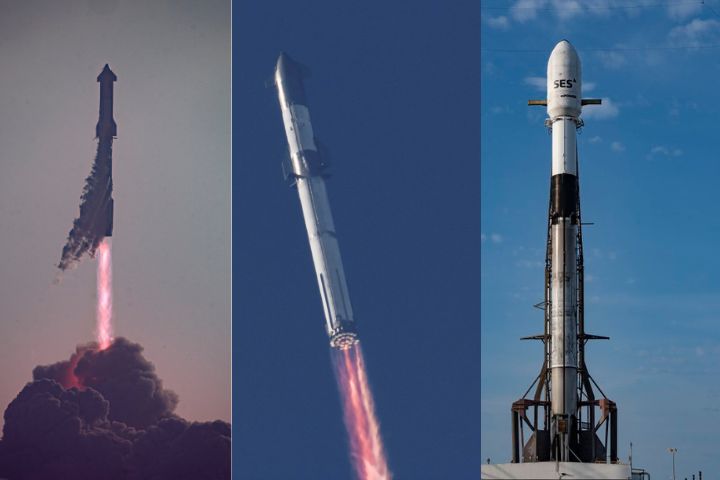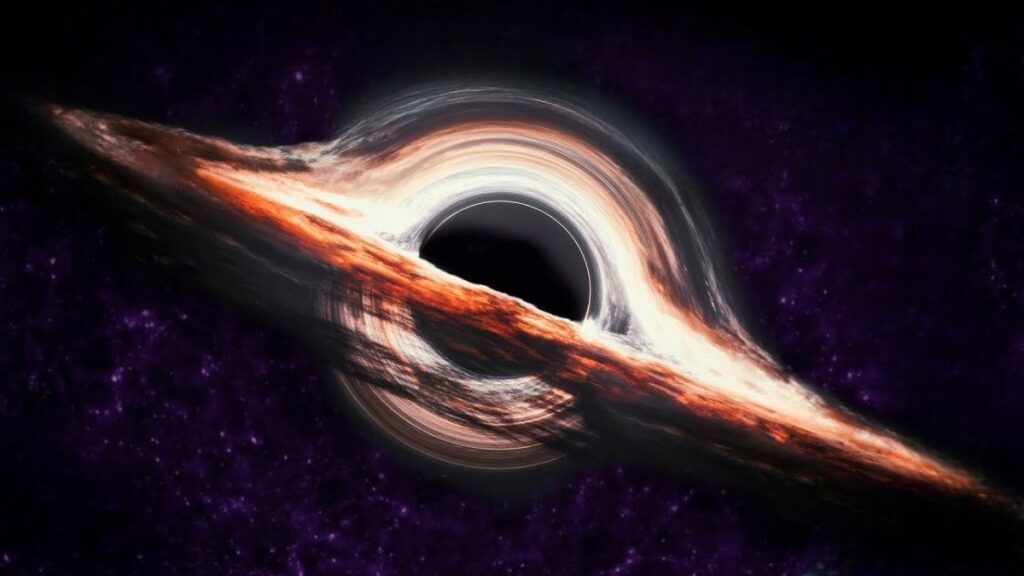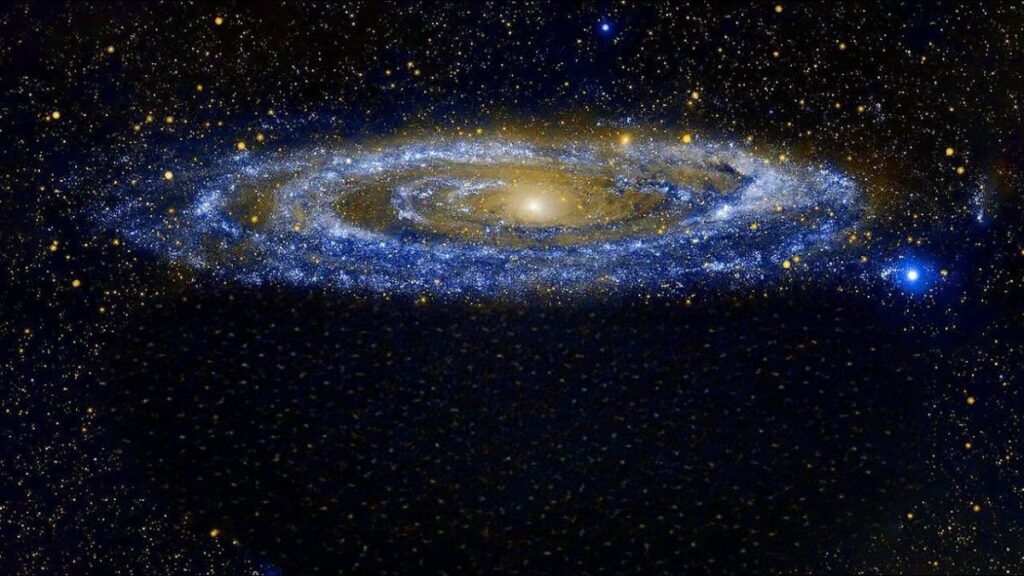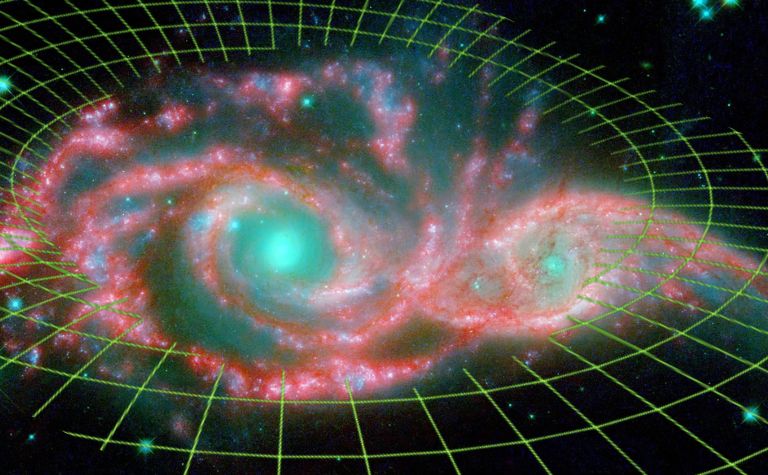
This is about the giant gravitational wave detectors hear murmurs.
Do you know, why they hear murmurs ???
So if you want to know this, then you’ve come to the right place.
Let’s jump right in!
Giant Gravitational Wave Detectors Hear Murmurs
Astronomers at the LIGO have opened new possibilities after the detection of the gravitational waves coming from the merging of two massive black holes.
“Our top priority is detecting the rarest and loudest events, but there are so many explosions and events happening in the universe, which gives hearing of murmuring to the Giant Gravitational wave Detectors. These murmurs are in the form of gravitational waves coming from the universe” said Jocelyn Read, an Astrophysist working on US effort at California State University.
So, What are Gravitational Waves?
Gravitational waves are the invisible ripples in the fabric of spacetime with the marvelous speed of light i.e. 186,000 miles per second (300,000,000 meters per second).
The main reason gravitational waves travel at this high speed of light is that all the massless bosons (like protons and gravitons which are force carriers of the electromagnetic and gravitational fields) travel at the speed of light.
These gravitational waves travel into space for billions of years and squeeze and stretch all the space-time coming its way.
What are gravitational waves detectors?
Gravitational wave detectors are the devices that detect the minute distortions in spacetime called gravitational waves originating from the cosmos (whole universe).
Is there any real gravitational waves detector?
Yes, there is one called LIGO (Laser Interferometer Gravitational Waves Observatory).
Causes of Gravitational Waves
So, how are the Gravitational Waves created?
Gravitational waves are created by catastrophic (violent and energetic) events happening in massive objects moving with extreme accelerations. Some of the famous causes of gravitational waves are as follows:
#1 Colliding Black Holes
When two black holes slowly merge with each other, they emit gravitational waves with increasing frequency with time, having the sound of a chirp.
#2 Colliding Neutron Stars
These supernovas are created when a massive star collapses after a supernova explosion. They do not become black holes because the massive stars are too small for becoming black holes.
The distortions in the spherical shape of a neutron star (a single spinning massive object) emit gravitational waves according to its spin rate.
#3 Supernovas
These supernovas are massive stars that explode at the end of their lifetimes.
When becoming a supernova, due to the explosion, this new-forming supernova radiates gravitational waves.
Types of Gravitational Waves
There are four types of gravitational waves on the basis of their creation. they are as follows:
1. Continuous Gravitational Waves
Continuous Gravitational Waves are radiated by the neutron star. They are called continuous because when the star has the same spinning rate, they radiate gravitational waves continuously at a constant frequency and amplitude (this is like a singer holding a single note).
2. Compact Binary Inspiral Gravitational Waves
These Compact Binary Inspiral Gravitational Waves get emitted by white dwarfs, black holes, and neutron stars.
Further, they are divided into 3 types, they are:
- Binary Neutron Star (BNS)
- Binary Black Hole (BBH)
- Neutron Star Black Hole Binary (NSBH)
These all gravitational waves have exact mechanisms called an inspirator for producing the waves.
3. Stochastic Gravitational Waves
Do you know???
If we can detect gravitational waves coming from the huge explosion called Big Bang, then we will be able to see into the past of our universe.
The word “stochastic” means having a random pattern that you can analyze statistically but predict precisely.
Stochastic Gravitational Waves ate the waves that have sutbibed from the earlier evolution of the universe.
They originate from the superposition of independent sources in a very big number.
4. Burst Gravitational Waves
The main sources are unknown for these types of gravitational waves, they often collide (bump) in the night. These haven’t been detected yet because they are only the hypothesis made by the scientists that they have some sort of connection with the phenomena of Supernovas or Gamma.
How many Gravitational Waves Detected ?
Astronomers have detected 35 events of gravitational waves. In those 35 events, 32 are detected from the blackhole merger (black holes spin and mix with another black hole) and 3 are detected from the merging between black holes and neutron stars (single spinning massive object).
Interesting facts about Gravitational waves
- Predicted by Albert Einstein
- Are the ripples in the fabric of space-time
- Bend everything including space and time that come in its way
- First detected by the LIGO when two black holes collided
- Two black holes collide somewhere in the universe once every 15 minutes. That means they also emit gravitational waves after every 15 minutes and that’s a lot for detecting.
- Scientists have hypothesized that they may contribute to the dark matter (an unseen material) formed by primordial black holes after the big bang.
- They may provide proof for the existence of dimensions beyond our own, we live in a world with 4 dimensions (3 dimensions of length, breadth, height, and 1 dimension for time)
- Gravitational waves have shown us, we shouldn’t go very near the 2 merging black holes.
- They come from the disturbance or explosion of really massive objects in the universe.
Gravitational Wave Detector LIGO
LIGO (Laser Interferometer Gravitational-Wave Observatory) detects gravitational waves coming from the universe by using Sensitive materials and Optical instruments like Lasers and Mirrors. These instruments help to detect very small changes as the signal for gravitational waves.
There are 2 LIGO detectors in the United States, the first in Hanford situated in Washington, and the second in Livingston located in Louisiana.
According to Wikipedia, LIGO has a size of 4km which is nearly 2.5 miles. When talking about LIGO, it’s a large-scale physics experiment whose main purpose is detecting gravitational waves coming from the universe.
The birth of LIGO took place to check whether the hypothesis of Albert Einstein’s Theory of General Relativity was correct.
Gravitational Wave Detector Louisiana
There is a gravitational wave detector in Livington, Louisiana which is situated in a forest with a large area, a humid place with pine.
Louisiana is home to one of the LIGO’s Gravitational Wave Detectors and is a national facility for conducting research related to the gravitational wave. This also helps the whole scientific community to volunteer in the further development of the detector by experimenting, observing, gathering data, and doing its data analysis.
Gravitational Wave Detector Washington
There is another Gravitational Wave Detector located in Hanford, Washington.
Gravitational wave detectors around the world
According to the officials from LIGO, there are three other gravitational wave detectors around the world.
But in the United States, there are two gravitational wave detectors, one is situated in Hanford, Washington, and the other is situated in Livington, Louisiana-both is operated in unison (a single one) for finding (detecting) the gravitational waves.
Gravitational wave detector locations
Officials from LIGO also said, these two detectors in Washington will be joined by sisters of LIGO; VIRGO, and KARGA, VIRGO is in Italy and KARGA is in Japan.
VIRGO Gravitational Wave Detector
VIRGO from Italy of Europe and KARGA from Japan is the sister of the LIGO which will be joined to the two LIGO detectors present in the United States.
Gravitational Wave Detectors, VIRGO, and KARGA have 3 kilometers long arms whereas the two LIGO detectors have 4 kilometers long arms. You can realize how big it is by comparing it to the Golden Gate Bridge having an arms size of 2.7 km.
FAQs
What are the Problems with the LIGO Gravitational Wave Detectors?
The following is the Problem that LIGO Gravitational Wave Detectors have to face:
Filtering Noises
They have to filter out so much noise because the LIGO interferometer is on the Earth. To solve this problem, the space-based-mission called LISA is in development. LISA will detect the gravitational waves coming out from the universe without any problem of noise. The main purpose of the LISA is to detect all the gravitational waves coming from compact binary systems and mergers of supermassive black holes.
What will be the Next Gravitational Wave Detector?
There are many big ideas for having the new Gravitational Wave Detector. At current, detectors are huge but the new ones will be even bigger and more complex.
These are some ideas for the new gravitational wave that could be the successor of the current LIGO, VIRGO, and KARGA gravitational detectors:
- Cosmic Explorer (has an arm length of 40 km)
- Einstein Telescope (has an arm length of 10 km)
- LISA (Laser Interferometer Space Antenna)— is the next coming (upcoming) space-based gravitational wave detector. They will help us to measure accurately gravitational waves that are of low frequencies which we cannot detect on the Earth due to noise.
Explore:
